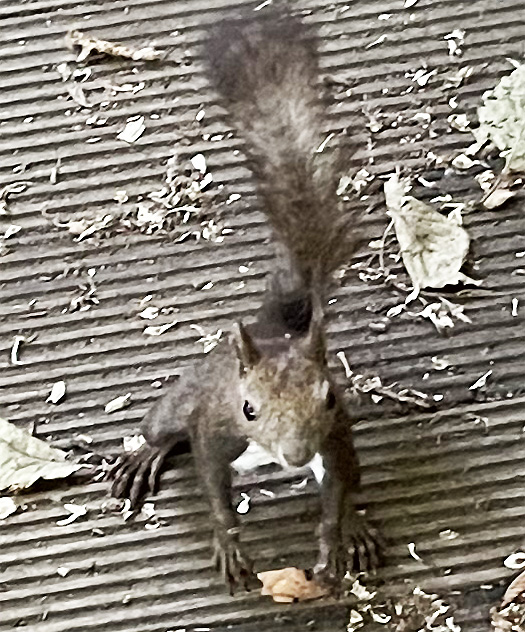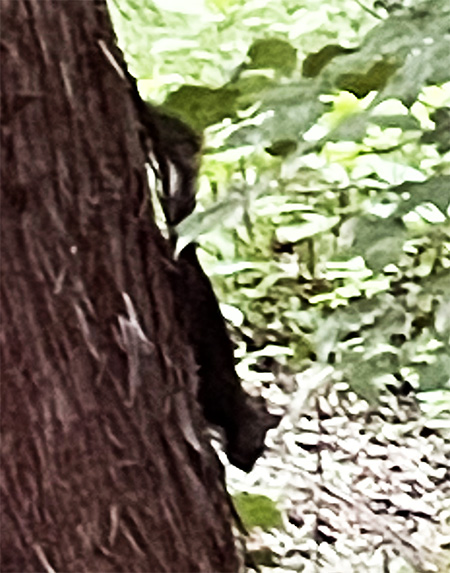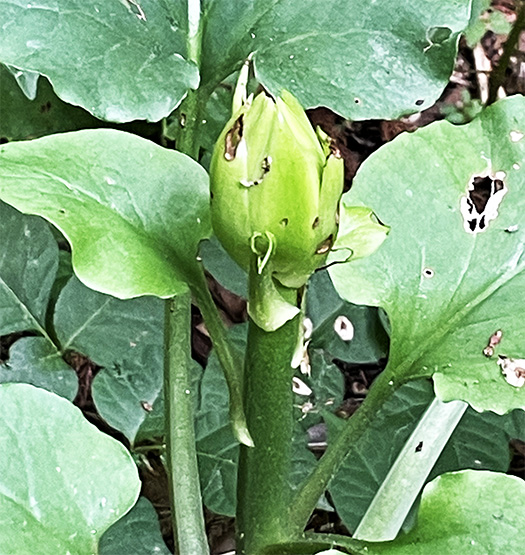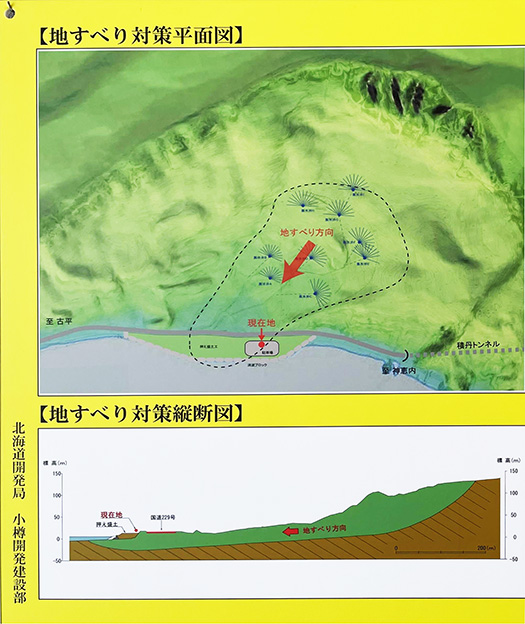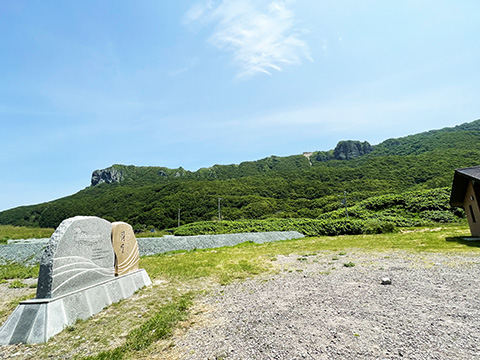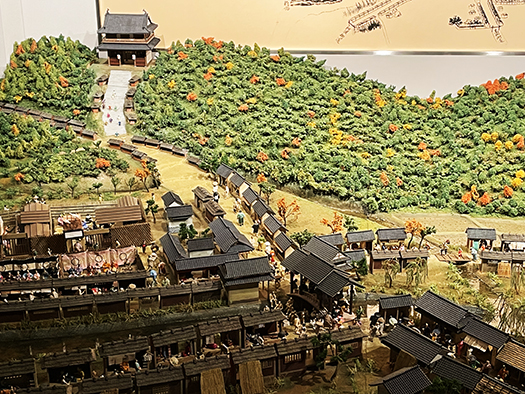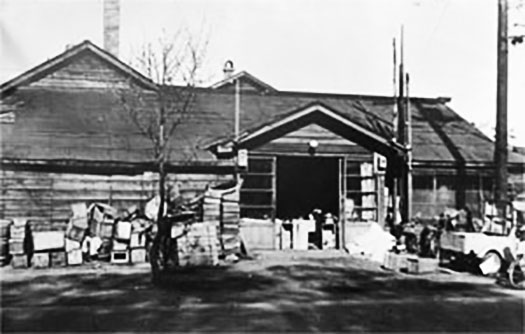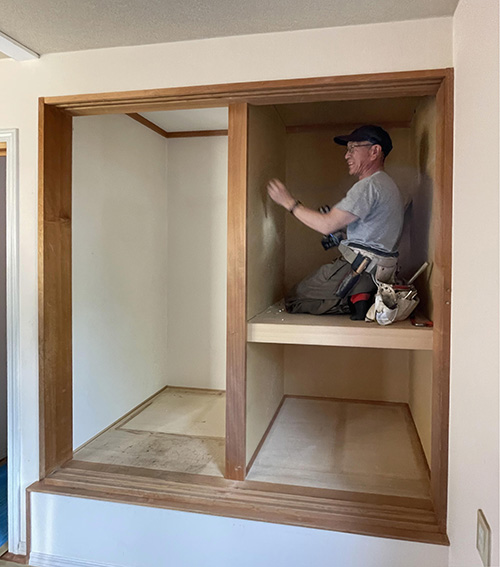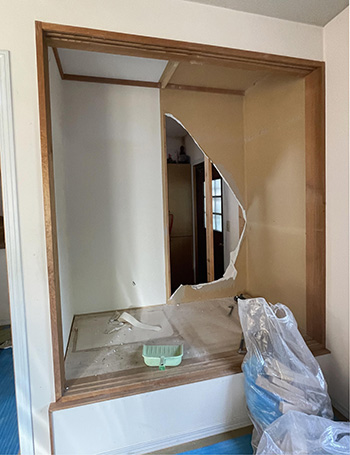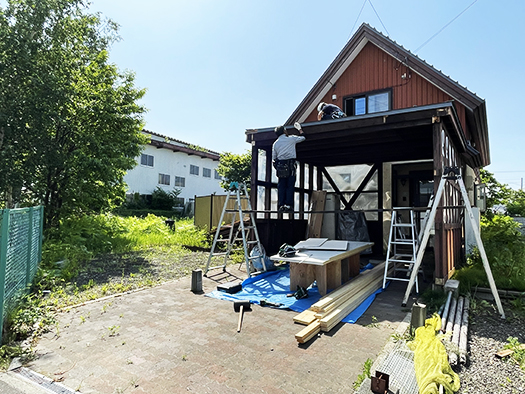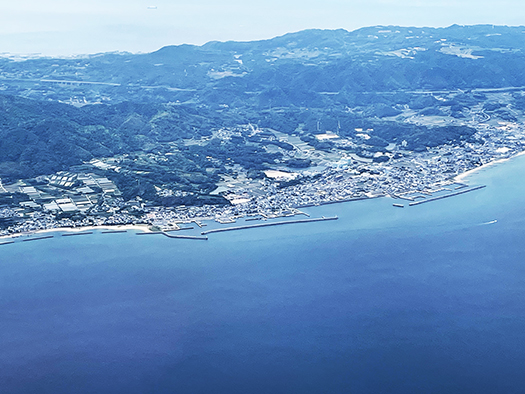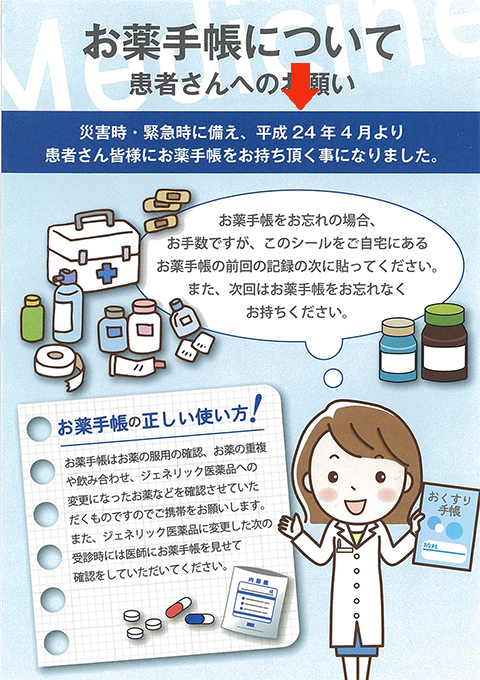
高齢化が進んできて病院に掛かることが増えてきています。まぁ仕方ないことと思う。
で、病院について特定の「かかりつけ医」だけでお薬をもらっていた期間が長く、そこの「薬局」でお薬手帳アプリというのを勧められ、当然の「IT化」の動きとしてすぐにスマホにダウンロードし、それまでの「お薬手帳」のようにいちいち持参する必要がないと喜んでいた。
こういうことについてはまったく情報に疎くこのあたりの詳細な情報には無頓着に「あ、これで投薬についてのわたしの情報は、全薬局で情報共有され、当然、病院にもその情報が共有される」ものとばかり、素朴に信じてしまったいた。
ところが、段々複数の病院に掛かるようになって「あの、お薬手帳は?」と聞かれ「あ、スマホのアプリ使っているから」と答えていた。前記のように信じ切っていたからなのですが、そのときの薬局側の反応の微妙さ(?)については顧慮もしていなかった。
それがつい最近、どうも「お薬手帳アプリ」というのは、特定の薬局チェーンごとに「ユーザー囲い込み」手段としてしか機能していなくて、薬局相互間はもちろん、肝心の病院側にもまったく情報共有されていないのだということが、わかってしまった。
患者としては健康のこととか、医療・薬剤のことについては信じることしか、頭になかった。「IT化」の目的が情報の「囲い込み」だけだということには心底、恐れ入った。バカバカしい。
わたしの場合は通常的に「かかりつけ」になっているのは2つの病院・医院ですが、これらですら情報は共有されていないのだということに愕然とした。
そういうことで渡されたのが写真のパンフ。お薬手帳は紙のアナログのものを「災害時・緊急時」に備えて常に保持してください、と書いてある。オイオイというのが最初の感想。で、さらに24年4月という数字だけを見て、てっきり今年のことかと勘違いしていたら、平成24年なのだという。
どうも病院側から、勝手な薬局チェーンの「お薬手帳アプリ」では肝心の患者の投薬状況が共有されないから、紙のものを使ってくださいというまさかのアナウンス。それもいまから14年前の紙のパンフ。そんな昔からIT化はこの領域ではまったく進展していないことになる。
アタマの混乱がしばらく止まらなかった。
マイナカードについて「反対反対」と叫ぶ一部のひとがいるくらいのことは情報で知っていたが、まさか、こういう現実に立ち至っているとは、驚きを通り越してしまった。いや、自分の「情報オンチ」ぶりにも呆れてものが言えなくなってしまった。
・・・いい加減にして欲しい。
IT化・情報化に全世界は突入し仕事環境でもまったくそのように進展してきたのに、肝心な健康領域についてすら反対運動の結果でか、IT化からアナログ化へと向かい続けているのだという。
これは高齢者としても声を上げなければならないと感じた。
English version⬇
Nippon is moving back from IT to analog.
I was surprised to hear the announcement that people nowadays use paper medication registers. And this pamphlet is 14 years old. How much has the progress of IT in Japan been hampered? …
With the aging of the population, we are seeing more and more hospital visits. Well, I think it is inevitable.
I had been receiving my medication at a particular “family doctor” for a long time, and the “pharmacy” there recommended a medication notebook application, which I immediately downloaded to my smartphone as a natural “IT” move, and was happy that I did not have to bring it with me every time like my previous “medication notebooks”.
I was not familiar with this kind of information and was ignorant of the details of this area. I naively believed that all pharmacies would share my medication information and that the information would naturally be shared with the hospitals as well.
However, as I began to see patients at more and more hospitals, I was asked, “Um, do you have your medication book? I answered, “Oh, I use an app on my smartphone. I had no idea about the subtlety (?) of the pharmacy’s reaction at that time. I had not given any thought to the pharmacy’s reaction.
Recently, however, I have come to realize that the “Medication Notebook App” only functions as a means of “user retention” for each specific pharmacy chain, and that information is not shared at all, not only between pharmacies, but also with the hospitals, which is the important thing.
As a patient, all I could think about was what I believed about my health, medical care, and drugs. I was truly horrified to learn that the only purpose of “IT” was to “enclose” information. That’s ridiculous.
In my case, I have two hospitals/clinics as my regular “family practice,” and I was shocked to find out that even these hospitals/clinics do not share information.
That is why I was given the pamphlet pictured. It says to always keep a paper analog version of your medication handbook in case of “disasters and emergencies. My first thought was, “Oi oi oi. I had mistakenly thought that it was for this year, but it turns out that it is for the year 2012.
The hospital had announced that the “Medication Record Book App” of a self-serving pharmacy chain did not share the important information about the patient’s medication status, and that the paper version should be used. This was a paper pamphlet from 14 years ago. IT has not progressed at all in this area for such a long time.
My mind was in turmoil for a while.
I knew from information that there were some people who were “against” the MyNa card, but I was beyond surprised to find out that we have come to this kind of reality. I was so stunned by my own “information-impairedness” that I couldn’t even say anything.
I wish I could say enough.
The whole world has been plunging into IT and information technology, and even the work environment has been progressing in this way, but even in the important area of health, the trend has been from IT to analog, perhaps as a result of opposition movements.
As a senior citizen, I felt I had to speak out against this.
Posted on 6月 21st, 2024 by 三木 奎吾
Filed under: 状況・政治への発言 | No Comments »


